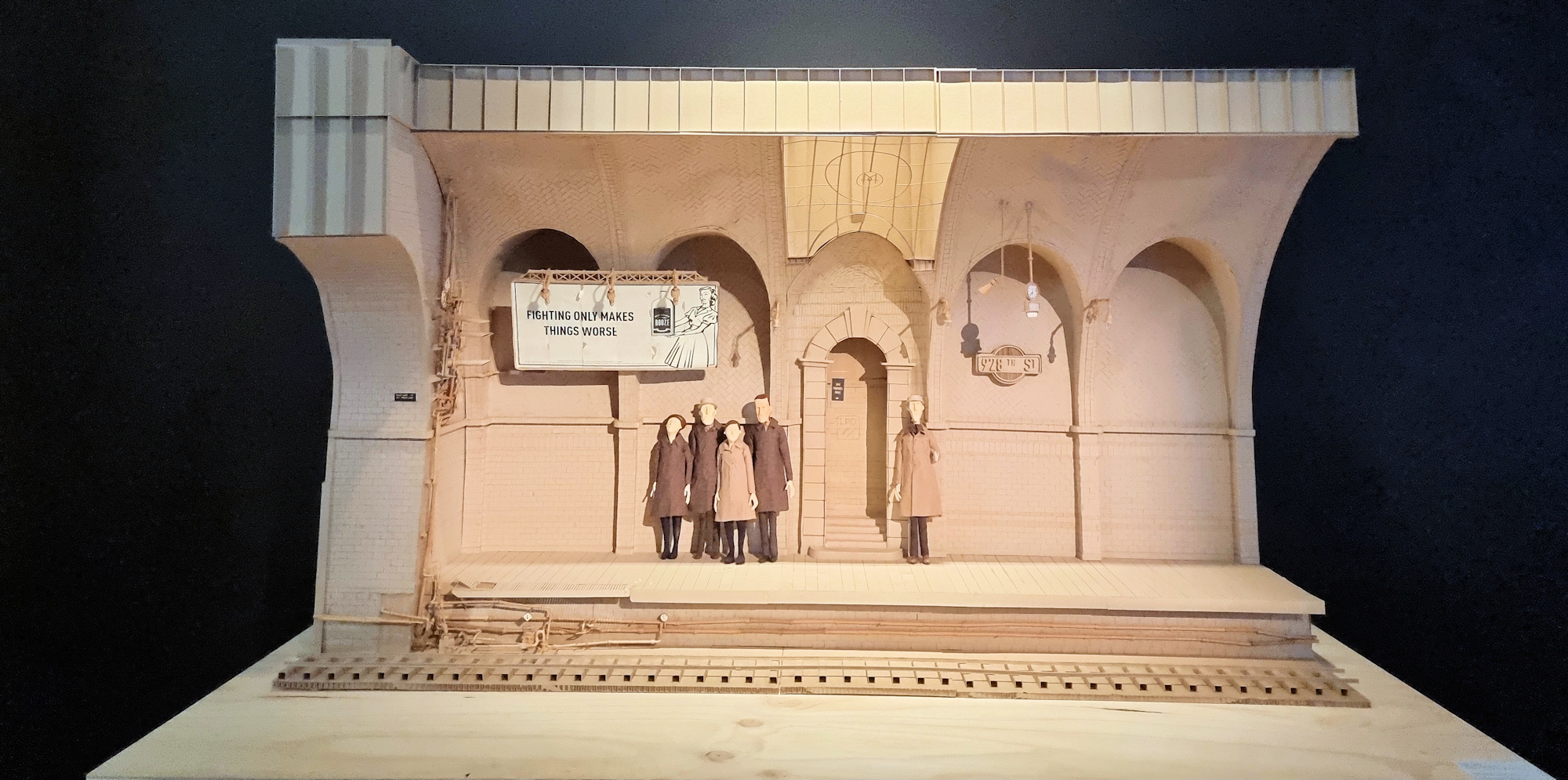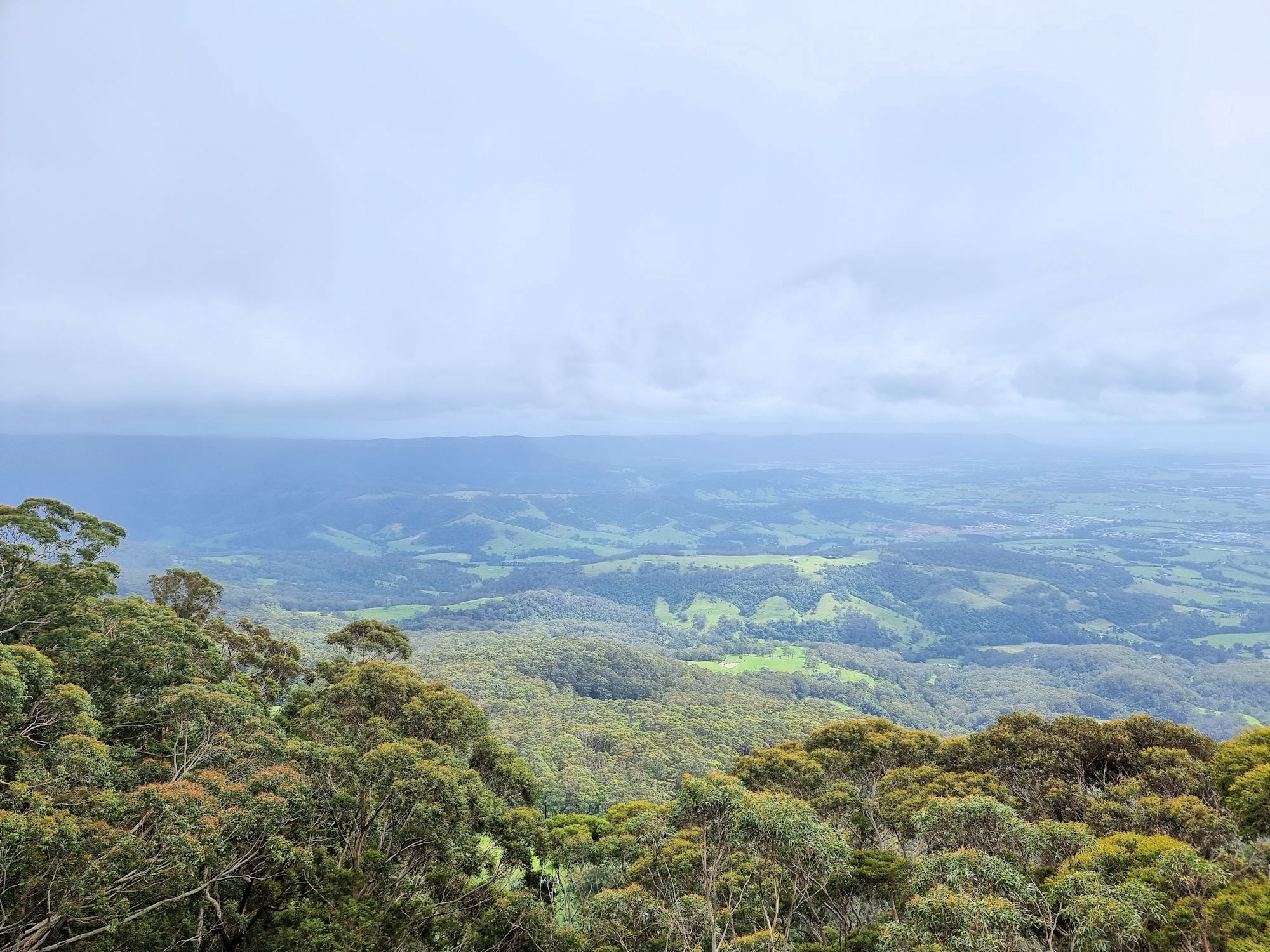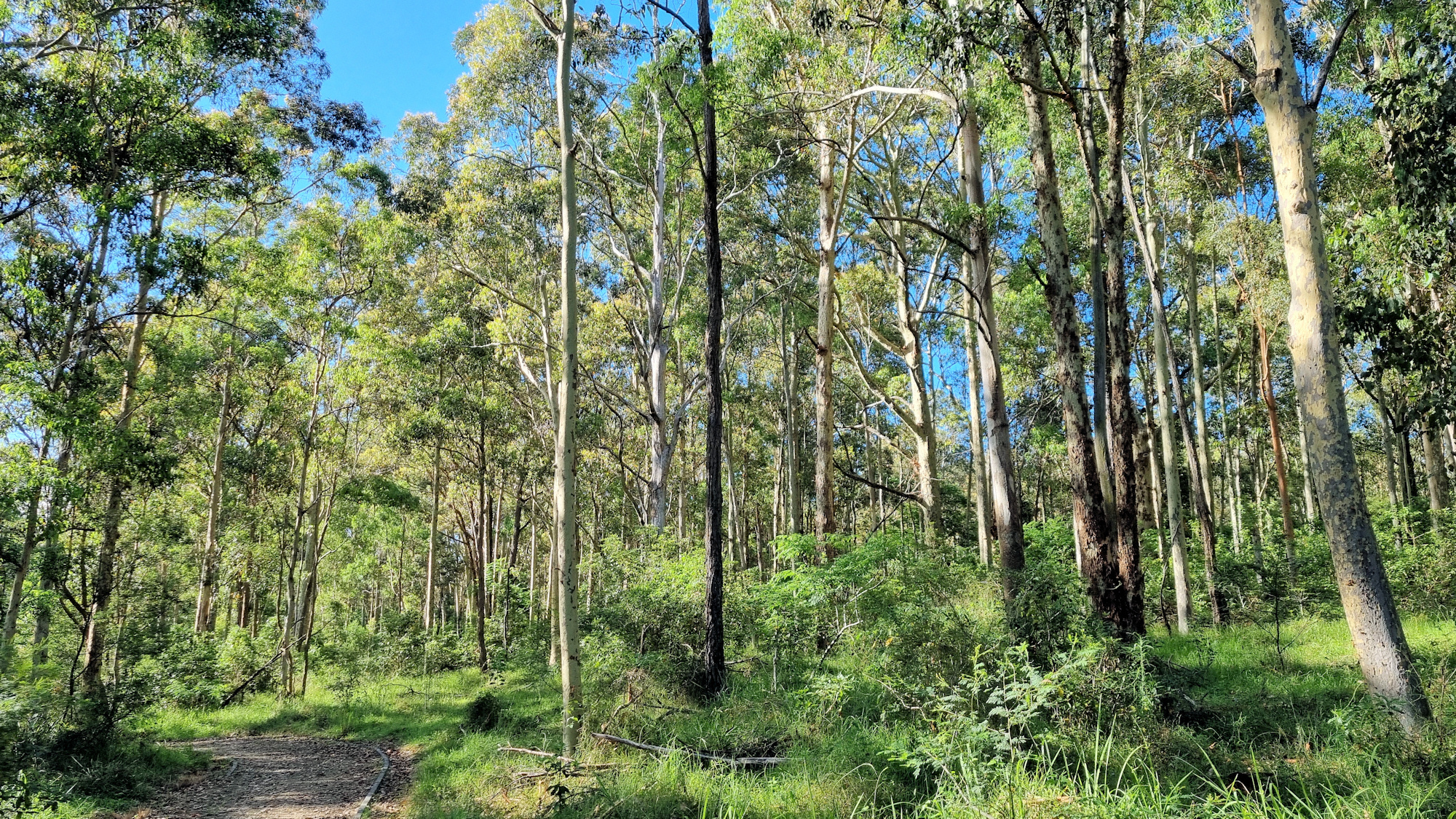Category: New South Wales
-
Maitland Regional Art Gallery 2022

Maitland Regional Art Gallery January 2022 Our visit to the Maitland Regional Art Gallery in January 2022 was a chance to see the galleries’ latest exhibitions. Three of the four will stay until February, but one is due to be replaced by the Archibald Prize paintings. An unusual display was the models used for a… Read more
-
Illawarra Fly Treetop Walk

Illawarra Fly Treetop Walk Ever gone walking through a forest, looked up at the trees and wondered what it would look like from the canopy? Well at the Illawarra Fly Treetop Walk you can find out. Situated just over half an hour west of Kiama, this walk takes you through the canopy of a temperate… Read more
-
Heritage Walking Track Minmi

Heritage Walking Track Originally a coal mining area dating from the 1840s, little remains to remind you of its past. Following its closure in the 1980s, rehabilitation and dedicated work by the Minmi Heritage Landcare Group have removed many of the scars. Plantings of native trees, the eradication of invasive plants and the installation of… Read more